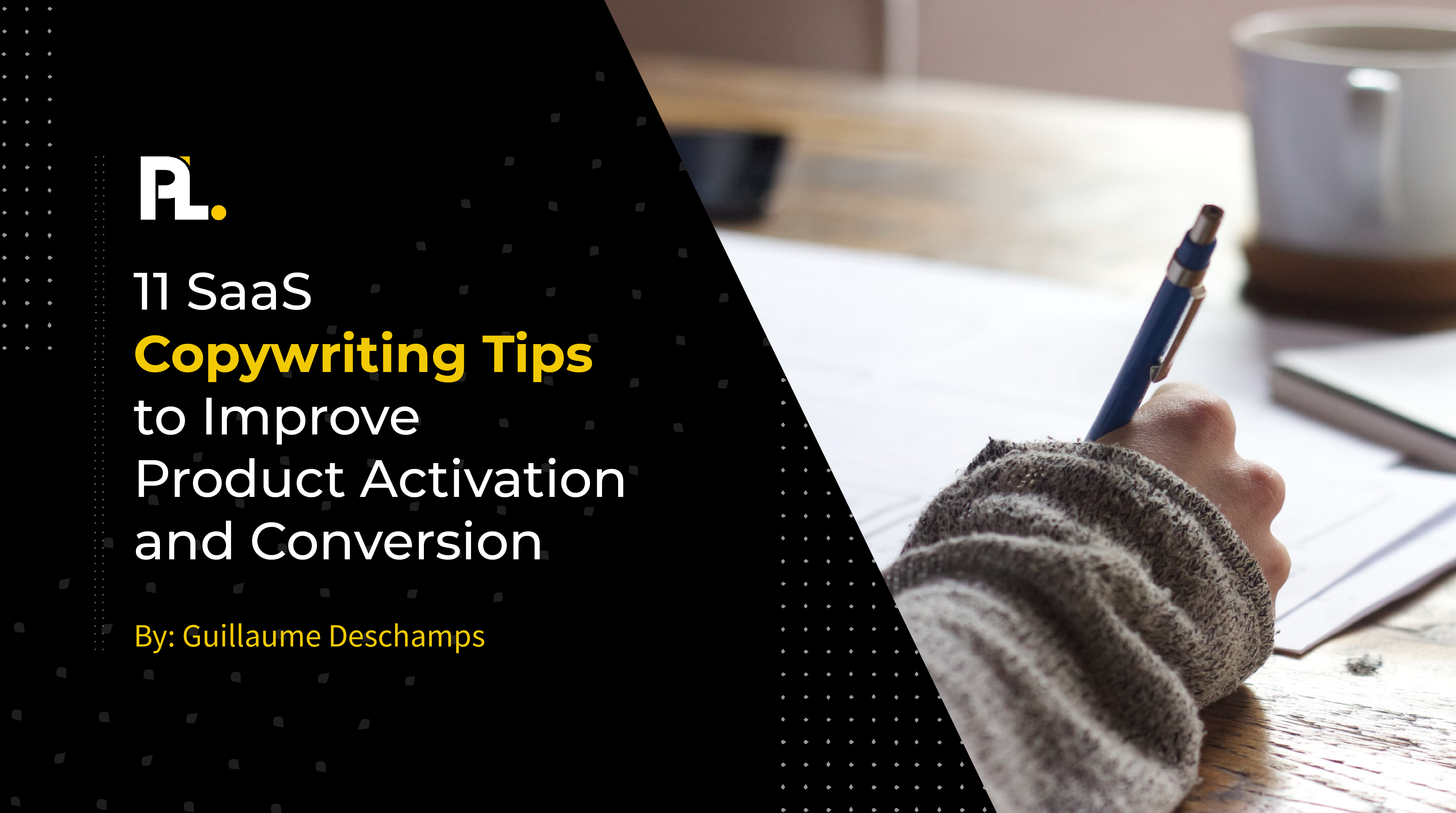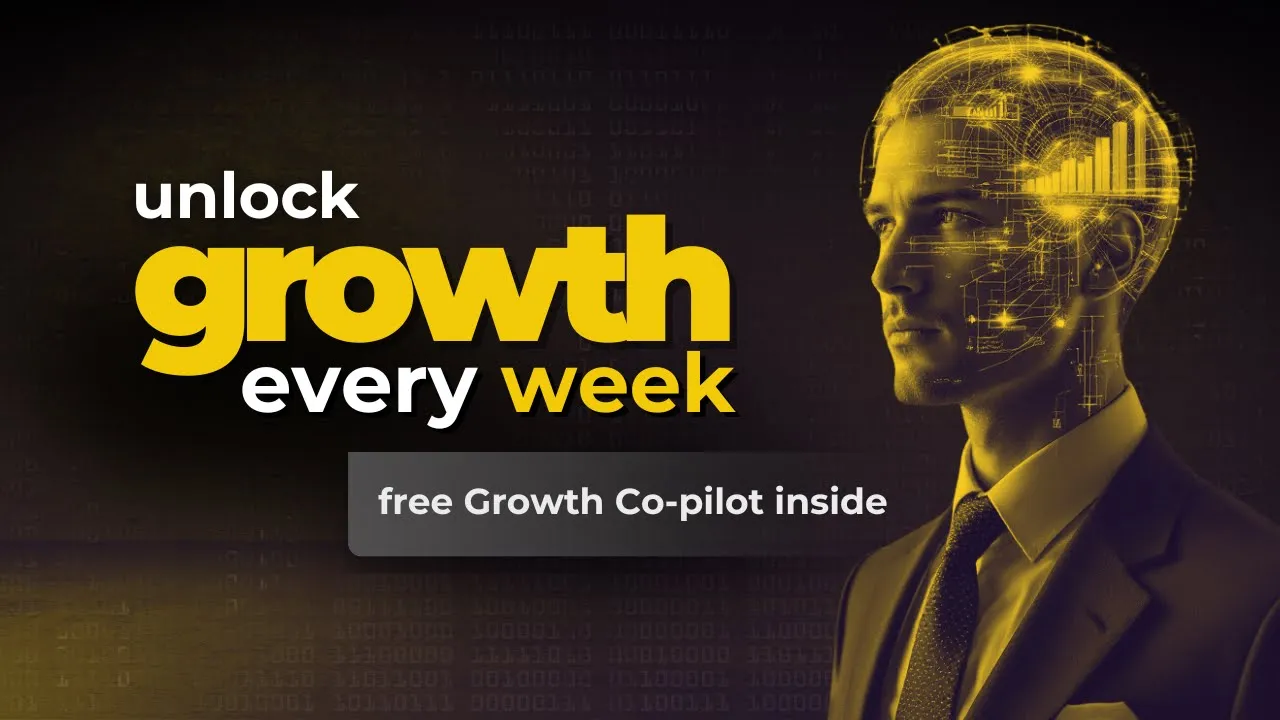
Nearly 90% of marketers say email is their primary channel for lead generation. If you’re not leveraging your business with cold emailing, there’s a lot of untapped conversion potential in your future. If your cold outreach has not been successful, maybe you need to take a new approach.
So do cold emails work at scale? Yes, you just need to apply the right strategy.
A Generic Cold Outreach Approach
A cold email is an unsolicited email sent without any previous communication. Cold emailing sequences start with sending an introductory greeting followed by follow-up reminders.
Here’s an example:
A cold email outreach approach begins with an initial email introduction. “Hey, I’m George Clooney, and I have delicious coffee to offer you.”
The following email is a reminder. “Hey, it’s George again – just wanted to share some java with you.”
Next, the email reminder might be a question like, “Did you see my message?” or “Have you considered my offer?”
Then comes a reminder and final proposal. “Please let me know if you're interested because I'll stop contacting you if I don’t hear from you.”
The flaw of this method is that it’s essentially one touch, repeated multiple times.
If the first email didn’t resonate, the second, third, and fourth won’t either.
Treat Cold Emails Like Other Email Sequences
The secret to devising a cold email campaign is to plan it like a typical email marketing sequence. Go back to the basics of email foundations. Namely:
- Map Out the Journey
- Include Persuasion Triggers
- Focus On One Idea
Only after these foundational email pieces are in place, can you consider sending cold emails.
Let’s dig into what makes a good email and how these foundations apply to cold emails.
1. Map Out the Journey
Guiding potential customers through the stages of awareness is the most crucial step. Accomplish this by mapping out your prospect’s journey from where they currently are in the onboarding experience to having that special ”Aha!” Moment with your product.
The five stages of awareness people go through are outlined below.

Mapping out the journey beings by first identifying your prospect. Do they know solutions exist? Do they know you exist? Do you know what you do?
Then, plan an email for each stage where they need to progress. Each relevant email should have one objective: to provide the prospect with the context they need to move to the next stage of awareness.
Again, you can't do this without proper customer research. An email marketing consultant at Zettasphere sees open rates of over 40% on cold emails when he personalizes his outreach with highly relevant information that he finds from his prospect research.
To ensure you’re not repeating information they already know – or jumping ahead and confusing them – you need to identify where your customer stands.
How aware is the potential user of the problem that your product can solve? How much do they know about other alternatives? What do you need to say to get them to say “yes”?
Once you have the necessary information, you can plot out how many emails you need to send and what each email includes.
2. Include Persuasion Triggers
Persuasion triggers help your prospects move toward action. Don’t simply include information about your product and company.
Types of persuasion triggers include:
- Social Proof - User testimonials, celebrity endorsements, business credentials, social media shares, etc.
- Urgency - Highlighings scarcity, price increase alerts, showing items are out of stock, countdown timers to deadlines, etc.
- Likeability - The number of subscribers, happy customers, social shares, etc.
- Loss Aversion - “Don’t miss out!” or “Limited-time offer!”
- Future Pacing - Focus on emotions, show how your product betters their lives, explain what happens if they don’t use your product, etc.
- Voice of Customer Data - Live chat, surveys, customer interviews, focus groups, etc.
And the list of persuasion triggers goes on.
You don’t want a cold email campaign with high open rates but low response rates or click rates. An experiment by the Fast Company reported that of the entire group who received the cold emails, only 1.7% replied. Layering in persuasion triggers helps your prospect respond to your emails – not just read them and mark them unread for later.
3. Focus on One Idea
The Rule of One states the best marketing materials include copy based on one reader, offer, big idea, or promise. Every principle is vital for persuasive copy, but I want to focus on the principle of one idea.
Each email should address just one goal to help your prospects move through the stages of awareness.
Every product has multiple selling points. It’s tempting to cram your intro email with everything you have to offer, but too much information in one email is a lot to process.
Instead, break down your narrative into mini, one-email-sized bites. Allow your prospect to slowly journey closer and closer to conversion with each touch you send.
The Best Cold Email Practices
You have the primary email foundations in place. Now, address that you’re working with people who’ve never engaged with your product and layer in some cold strategies.
Compared to warm emails, the people receiving cold emails have no idea who you are, and they aren’t actively looking for help.
These details highlight:
- Why Pattern Interrupts Are Important
- Trust Is a Big Friction Point.
- The Need to Make the Ask Easy.
Let’s dig into each of the above.
1. Why Pattern Interrupts Are Important
Cold prospects aren’t asking for your help, so you need to work hard to capture their attention.
Pattern interrupts alter a person’s mental, emotional, and behavioral state.
Curate interest in your product amongst prospects receiving your cold emails with:
Subject Lines and Sender Names
Subject and sender names are essential to making an excellent first impression. It’s wise to A/B test your subject lines in a cold email. Doing so is an opportunity to gather more data about what your audience responds to. You want to generate curiosity and encourage open rates.
Incentives
Who doesn’t love an incentive? If you’ve identified leads as high quality, spend the extra bucks encouraging them to spend more time with you. Plus, you can use incentives to help score your leads. Offering an incentive that ties into your product use, say an upgrade to a higher tier, will only resonate with sales-qualified leads.
Likability and Creativity
Most cold emails are intrusive or boring. Adding a dose of likeability and creativity can be the difference between engagement and moving the cold email to the trash.
2. Trust Is a Big Friction Point
Trust is a crucial ingredient even with warm transactions. In a cold relationship where the prospect has no idea who you are and how effective your product is, you can bet trust is a huge factor.
Foster trust with:
No clickbait
This one’s critical, especially because working hard on a pattern interrupts creativity and likeability, which can get risky. Cold email gurus brag about impressive open rates with subject lines like “Just Venmoed you” or “Re: our meeting on Monday.” Of course, subject lines will get great opens, but they won’t build great relationships because they break trust.
Videos
Videos let your prospect see you and connect with your product. Instead of just seeing you as a cold string of words, you’ll become a person in your prospects’ minds.
A/B Test Incentives
A/B test incentives foster trust because they can test you out with minimal rest. Other times they mitigate trust because you come off as too desperate. Test it!
Social Proof
You can talk all you want, but because prospects don’t know who you are, they won’t know if they can believe you. Instead, make relevant email claims more believable by talking about the people and results they can relate to and how you solve problems for them.
3. The Need to Make the Ask Easy
Make your pitch more enticing with a free trial to offer your target customers. "Hey, I have this cool product, and I think it will be awesome. Check out the free trial."
It costs them a few minutes and an email address they know you already have. That’s less expensive than trying a demo, which can pressure them into a sale they’re not excited about.
What if you need to talk them through the sale? Make it easy for them to hop on a call with you, and don’t ask for more than ten to 20 minutes of their time.
Also, don’t forget that incentives can make the ask easy because they delight and reduce risk.
All right, those are the basics to improving email deliverability. Now let’s see them in action with an email sequence for Lemon.
Cold Email Marketing Case Study: Lemon.io
This cold case study shines the spotlight on Lemon, a matchmaking service that connects startups with qualified developers who build mobile apps, application qualified interfaces, etc.
The first step to building their cold outreach sequence was user research.
Our research revealed that Lemon’s ideal prospects know Upwork and Fiverr, but find both solutions unusable because of unvetted candidates. Lemon’s prospects are also aware of Toptal, which offers vetted first-rate developers, but finds the higher price point unsustainable.
For this case study, the targeted prospects had high market sophistication, intent, and solution awareness but a low level of product awareness for Lemon.
The email sequence (#1 through #4) below detail the potential customers’ journey.
Email #1: Differentiation
The initial email begins the conversation with differentiation to address the high level of market sophistication.
How is Lemon different from more standard options like Toptal, Fiverr, and Upwork?
Here’s the complete email:

The email opens with a pattern interrupt to spark interest. Did you make me an Upwork profile? Why?
It’s a risky move because the prospects immediately start thinking: Who are you? Do I know you? And why are you being obnoxious and setting up a work profile without my permission?

Before the joke goes too far, likability is added to the cold email. The prospect is reassured that an Upwork profile was not created and an apology is given.
This playful introduction opens the email conversation, on a chummy front.
Next, the email hooks into a pain point. You want and need qualified hires. But how do you know if applicants are telling the truth? Bad employees are a headache.

The email explains the narrative of differentiation: you can't trust the people on unvetted marketplaces.
Then, trust-building likeability is added before the copy gets too dull.

The CEO Lemon calls out that it's risky sending this email. He uses “semi-evil exercise above” and “#donthate” to ramp up likeability.
With trust in place, he digs into the solution:

The bullets about Lemon’s services have the risk reducers, including a 24-hour guarantee and lower start-up rates.
Progressing through the stages of awareness simultaneously builds the trust of the prospects and makes Lemon’s ask easy.

So, what is Lemon asking for? Just nine minutes.
After reading this first email, the prospects know what makes Lemon different.
Email #2: Touch the Pain Points
The following email opens by touching on the prospect’s pain points.
Here's the email in full:

These prospects want to hire Toptal developers. The CEO of Lemon aligns with them and tells them that his company has an even better offer – Toptal-quality developers for less.
Next, that claim has to be validated. Lemon explains their vetting process.

But this question opens a can of worms: How can Lemon offer high-quality developers for less?
Cue the third cold email outreach.
Email #3: Tackle the Objectives
Take a look at the entire email first:

The elephant in the room is called out: how is Lemon so much cheaper?
Meeting objections is powerful because it helps the prospects feel understood, encourages them to trust Lemon, and puts the company in control of the conversation.
It’s scary to meet objections about a product or service, but failing to meet them doesn’t magically erase them from the prospects’ minds. Prospects are already thinking about them and hesitating over any number of issues.
In this case study, it’s the prerogative of Lemon to guide their prospects through these objections to make a decision and have their “Aha!” Moment.
Check out how Lemon takes control of the conversation in the email:

Finally, Lemon gives provides social proof to back their bold claims.
Email #4: Address Inaction
Lemon’s prospects are most aware and have high intent, or they're not interested, at this point in the cold email sequence.
Here’s the fourth follow-up email in its entirety:

The biggest “no” a company, like Lemon, can get from a cold email campaign are prospects who never make a decision.
Inaction is the most significant conversion killer. Don’t assume a prospect isn’t interested if they don’t reply to your first or second emails. One study found that while 18% of recipients responded to the first email they were sent, 27% replied to the sixth email.
By this fourth email, the prospects have reached the point where Lemon’s CEO has walked them through the stages of awareness, but they still aren't making a move. Lemon needs to push the urgency and show their prospects how better their life will be if they take action and set up an interview.
Explaining how fast the matchmaking process moves potential users towards action and makes the ask so easy.
And there you have it!
FAQs About Cold Emailing at Scale
What is the success rate of cold emails?
The average open rates for business emails hovers between 14% and 23%, according to data from ConstantContact and MailChimp. A company can improve its probability of getting a prospect to respond and achieve higher conversion rates with some email personalization. Effective cold email campaigns guide prospects through different stages of product awareness and use persuasion triggers that move prospects toward action.
Is it okay to send cold emails to businesses?
Yes, it is okay to send cold emails to business. However, when sending unsolicited emails, abide by certain rules to avoid legal penalties. For example, provide an easy opt-out method, avoid misleading subject lines, and use a valid company email address. Target specific employee emails instead of a general business inbox for better email deliverability.
What’s the average conversion rate for a cold emailing campaign?
The average conversion rate for a cold emailing campaign was about 15% in 2021. Don’t assume that low response rates from prospects mean they aren’t interested in your product. Carefully crafted follow-up emails and persistence can help urge prospects to respond to your ask.
How long should a cold email be?
There are no guidelines for how long a cold email should be. Instead of aiming for a specific word count, make sure each cold email you send has one goal that moves potential users closer to responding to your ask. Curate interest in your product with social proof, address pain points, build trust, and other effective emailing tactics.
Learn More Product-Led Strategies for Your SaaS Company
Treat your cold emails like other email sequences, just with cold tactics. You’ll create a perfectly tailored pitch to your audience, increasing email deliverability and the likelihood of achieving results. Continue to master product-led growth with even more strategies, tactics, and tips.























